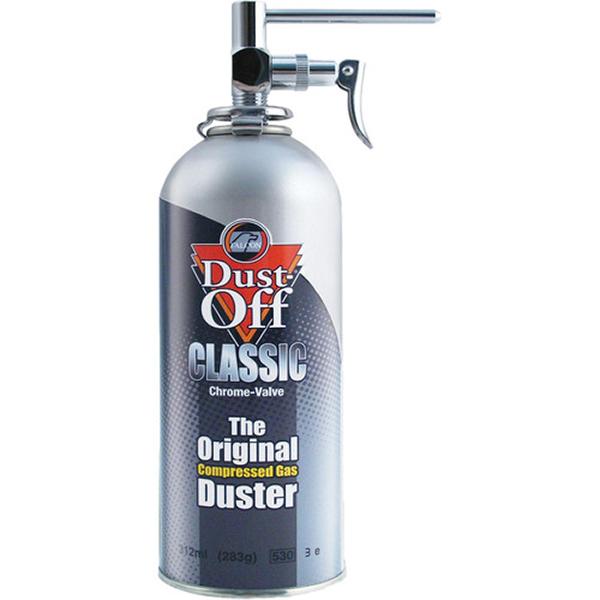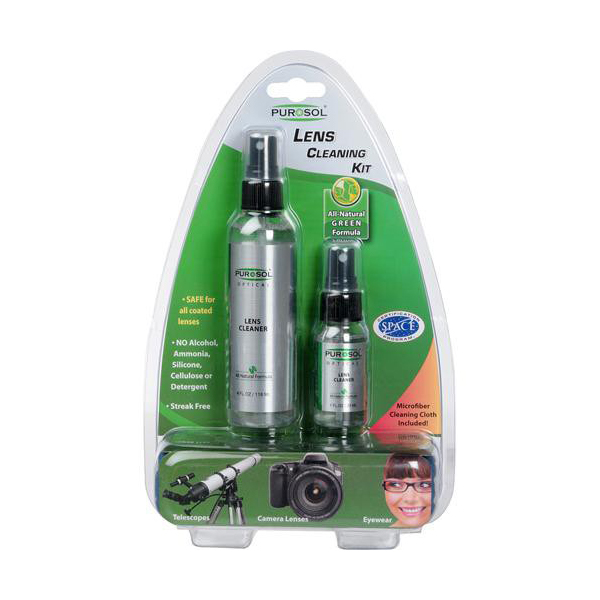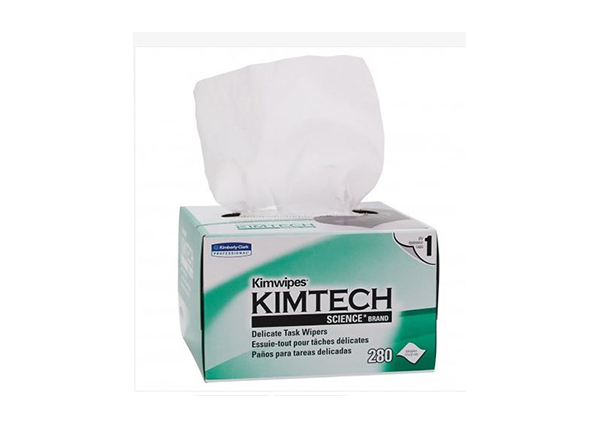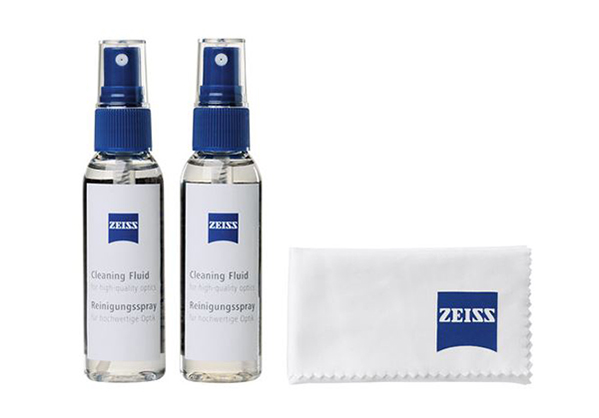It is my understanding that compressed air contains chemicals that do come out and can land on what you are blowing. So a bulb blower is a better option.
Also, if you do clean a lens with lens cleaner, use a lens cleaning cloth. Kodak used to make them but, a generic pack is fine. I find the Zeiss pre moistened wipes easier to use and pack. Walmart sells them (often in the sports area for scopes and binoculars) if you need them in a pinch.
Regardless, there is one final step that any pro will tell you is essential: None of the advice given above ensures a totally clear lens. There will still be streaks. So, using a 100% cotton cloth (and old piece of 100% cotton T-shirt is best), huff some moist breath on the lens and wipe it clean ever so gently.
But the BEST lens cleaner is, keep your lens clean! Keep your gear protected and keep away from the ocean, dusty areas, and just generally air born particles. This keeps the cleaning and fussing to a minimum. If your do scratch the front element (or filter over it) relax. Unless it is a massive chip, your image quality will remain virtually the same. I bought a lens used with a small ding in the coating. It is not a problem at all and the lens is otherwise, like new.
Oh, and, just use a clear filter. Filters are more for front element scratch protection now (never were for drop protection!) and, if you buy Heliopan (costliest), BW, Zeiss, your brand of lens, Hoya, or Fotasy (Rainbow) filter, no image or loss of light will happen. I have all of these but I like Fotasy. Cheap, thin, well made, excellent filters.
How to Clean a Camera Lens and What to Use

Cleanliness is next to sharpliness, at least where camera lenses are concerned. A few specks of dust can be overlooked, but when the front element has been tagged with a thumbprint it’s time for cleaning.
There’s an old joke that a certain brand of lenses are manufactured by grinding and grinding and grinding the glass—grinding and grinding until the word “Coca-Cola” disappears. While that probably isn’t true, there’s a lesson to be learned nonetheless. Rubbing anything on the surface of the front lens element is literally grinding away at the glass and coating. Under extreme magnification, a paper towel looks like sandpaper. Keep this in mind when you’re tempted to wipe a lens with a shirttail or facial tissue.
Removing dust usually doesn’t require any contact at all. Often all it takes is a gentle puff of air to dislodge the specks. A bulb-type ear syringe works great—just be careful not to touch the lens with the tip—it can leave marks. You can buy an inexpensive accessory that combines a bulb with a soft camel hair brush (appropriately called a “blower brush”). Gently wipe the brush over the lens surface to remove the more stubborn particles. Store the blower brush in a zip-type sandwich bag to keep it clean. Avoid brushes that are intended for other purposes, for instance makeup brushes. Those can shed bristles which can get caught in the mechanism.
Some people use canned compressed air. It works effectively but should be used with extreme caution. Because it’s under considerable pressure, the air can propel dust and dirt into the small seams around the lens element. I don’t recommend canned air for compact cameras that have built-in, disappearing lens covers because of the possibility that the pressure can damage one of the leaves of the cover.
Finger prints? I’ve seen some lenses that have so many fingerprints they look like they’re specimens left over from an episode of Forensic Files. What did you do, grab a handful of buttered popcorn before you screwed on the UV filter? If you do get a finger print on the front of your lens, first try removing it with a thick microfiber lens cloth. The microfiber material has a special weave that captures dirt and oil, yet is soft enough that it will not harm the lens. Even so, use a light touch. Microfiber cloths are great for wiping nose grease off of the LCD monitor on the back of your camera, too.
It’s rarely necessary to use liquid lens cleaner, but some fingerprints do require it. Use distilled water or a cleaning fluid that is formulated for camera lenses and a fresh lens tissue. Put a single drop of fluid on the tissue (never on the lens) and gently wipe the lens surface in a circular motion.
What fluid?
Purosol Lens Cleaner was developed for NASA and military optics. It’s non-toxic, hypoallergenic, nonflammable, sterile and completely biodegradable. It is free of Volatile Organic Compounds and exceeds EPA and OSHA health and safety standards, and the standards set for the EU, Australia, Canada, Japan. It’s the gold standard in my book. Ten dollars will get you a one ounce spray bottle, or you can buy the kit shown here—which includes four ounce and once ounce bottles and a microfiber cloth for about $26.

Zeiss Lens Cleaner works great and costs less—about $12 for a pair of two ounce bottles, or $3 an ounce. I haven’t conducted any scientific tests, but for my money it’s the best for stubborn grease. They also offer pre-moistened Lens Cleaner Wipes which are convenient in the field and for travel.
What lens tissue?
Kimtech Kimwipes Wipers are the best, hands down. How can you argue with a tissue that is labeled the “Delicate Task Wiper?” They’d been around for more than 60 years and are used extensively in clean rooms and laboratories around the world. They are not expensive (about $2 per box of 280) and because of their size (4.4 x 8.4 inches) they’re easier to use than those thin papers that come in many bargain-bin lens cleaning kits.

The new trend in lens coating, for the front element anyway, is Fluorine, a chemical that is oliophobic (resistant to the adhesion of oil) so it resists fingerprints and grime. It’s also quite durable and will survive properly conducted cleanings without excessive wear.
—Jon Sienkiewicz
- Log in or register to post comments


I highly recommend AGAINST breathing on the lens to clean it as you have spit, bacteria, acids, etc... that can get onto the lens and damage the coating.











































